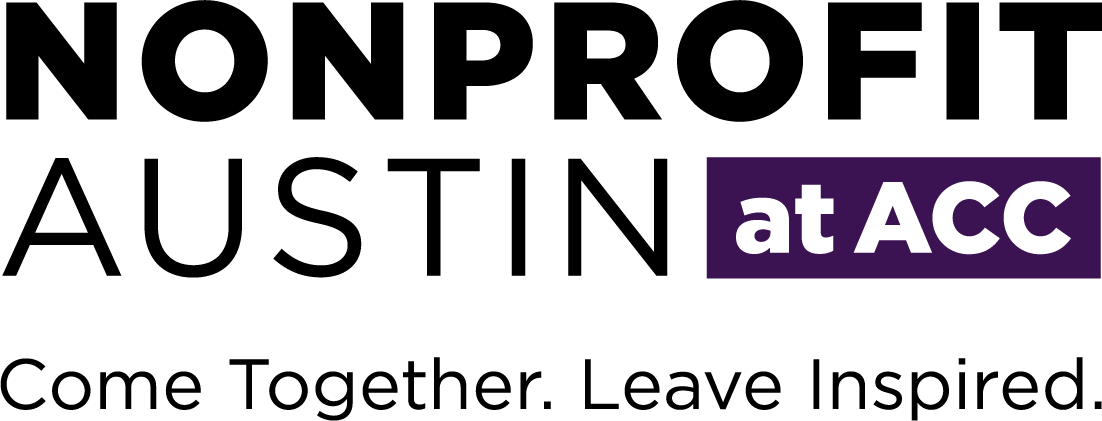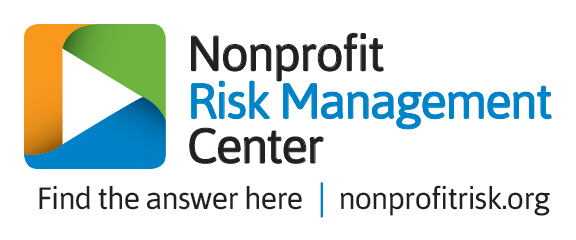Don’t Get Stuck in a Rut, Trust Your Gut
“You have to leave the city of your comfort and go into the wilderness of your intuition. What you’ll discover will be wonderful. What you’ll discover is yourself.” – Alan Alda
In last week’s Risk eNews (“Embrace Your Leaky Brain to Conquer the Unknown“) I shared a lesson from the book Wired to Create, that psychological plasticity enables us to engage flexibly with the unfamiliar. Although many observers believe that risk management can–or should–replace uncertainty with certainty, bringing a creative eye and respect for the natural power of uncertainty is a far better and more reasonable approach.
In a recent Affiliate Member webinar focused on international staff safety, Joe Gleason, Director of Risk Management at AHT and I discussed the importance of encouraging every staff member to ‘trust your gut’ when it comes to declining a travel assignment based on the employee’s intuitive concern about his or her personal safety. We encouraged webinar listeners to ensure that employee concerns about physical safety and well-being are honored, and never denigrated or punished. This week I returned to Wired to Create in the hopes of finding additional insights on creativity. I was quickly drawn to the chapter on intuition. The book’s authors, Scott Barry Kaufman and Carolyn Gregoire write that, “Gut feelings and inner knowledge–those unconscious nudges that propel us to action or bring about sudden shifts in perspective–are a guiding force in our lives.” Later in the chapter they add that, “Insights are like gifts from the unconscious mind.” The authors dispel the false notion that intuition is antithetical to reasoning in their statement that “intuition is a form of thinking.” Rather than an escape from logical or linear thinking, drawing on one’s intuition brings color and richness to our thought processes.
Clutch Your Catalyst
The authors of Wired to Create suggest that a catalyst may be needed for ‘moments of creative inspiration and insight.’ I’ve often wondered whether my creative side is buried deep under my compulsive inclination to be logical and linear. I find the process of being creative slow, difficult, and even exhausting–as if I’m up against a force field of resistance. During an interview, my favorite science fiction writer, Ray Bradbury explained that, “The intellect is a great danger to creativity… because you begin to rationalize and make up reasons for things, instead of staying with your own basic truth–who you are, what you are, what you want to be.” If you’re a Risk Champion like me–on a quest to catalyze your intuition–don’t let your intellect stop you from trying out these tips.
Know Yourself. One of my colleagues, who identifies as a creative type, often encourages her less creative friends to try her hobbies like painting and drawing. She says people often rebuff her offers and expose their self-doubt, claiming, “I could never paint a picture” or “I’m not creative at all!” My colleague then tries to identify the creative elements of her friends’ lives, demonstrating that imagination occurs in infinite forms: cooking a special meal for your family, designing your workout plan for a session at the gym, MacGyver-ing your leaky kitchen faucet, or building a fort in your child’s bedroom. Even logic-based decisions and actions can reveal artistry, as who could deny the artistry of engineers, mathematicians, chemists and others who stretch the boundaries of human knowledge. Even if you identify as a non-creative, chances are you are more creative than you think. Get in touch with your creative side by being more mindful of your imagination as it plays out in your daily life.
Seek Out Creativity Conductors. If your intuitive, creative side feels buried under a mountain of logical impulses, seize opportunities to work with team members who clearly possess imagination. Aim to understand and absorb some of your colleagues’ imaginative intuitions by reflecting on their decision-making processes and their workflows. How do you differ from these instinctive, inspired folks, and can you try to replicate any of the thought processes they use? Simply being around people who think differently than you will help you learn new ways to look at the world.
Do Something Different Next Week. Sometimes a repetitive lifestyle can stifle imagination and gut instinct; for example, workers might feel stagnant and lose their intuitive edge when they perform the same job tasks without learning anything new. Recharge your creative spirit by adding spice and spontaneity to your job; resolve to implement one small change at work every week. Maybe Tuesday becomes Newday when you make a small, manageable change and continue to evaluate it during the course of the week. Taking a different approach might help you work smarter while lifting the sleepy veil of sameness from your job. Making a tiny positive change each week could have a big impact on your year-end goals, while cultivating your own ingenuity and adaptability. Amplify the change by interacting spontaneously with your colleagues; this will help your team build a responsive and rousing approach to collaboration.
Check Your Gut. Before reaching a final decision on issues of importance to your nonprofit’s mission, check your gut. Ask, how does this decision feel? What workplace pressures or personal standards are causing me to feel this way? What feelings might this decision elicit from others? Will I regret this decision or feel guilt or shame based on the reactions of others?
Go Broad, Narrow, Broad. The ‘broad-narrow-broad’ approach is a simple formula for validating your own intuition seeking input on potentially controversial or challenging matters. This vetting process enables the facilitator to draw diverse, creative input from his or her team while maintaining an efficient, manageable approach to problem solving. First, seek input from a diverse array of stakeholders during the conceptual stage of problem solving. Remember to include your most vocal stakeholders who are most likely to oppose or be disheartened by the idea(s) you propose. Next, assemble a smaller, working group to capture the spectrum of ideas into a more specific solution. Finally, take your solution on a test drive with a broader group of stakeholders, larger than the working group but smaller than the initial group from which you sought feedback.
Apple’s Steve Jobs, who many consider a visionary, called intuition “more powerful than intellect.” Risk Champions need to leverage both qualities to propel their nonprofit’s mission forward, but as many of us are intellect-hardwired, we must purposefully explore and enhance our intuitive and imaginative capabilities. As you reach the end of this article, take a moment to reflect on one tip that resonated with you. How do you plan to apply that tip in your professional or personal life during the next month? Better yet, get out of your comfort zone and brainstorm your own creative approach to re-infusing your life with imagination and intuition. “The comfort zone is the great enemy to creativity; moving beyond it necessitates intuition, which in turn configures new perspectives and conquers fears.” – Dan Stevens
Melanie Lockwood Herman is Executive Director of the Nonprofit Risk Management Center. Melanie’s intuition and creativity shine through in her culinary skills, her approach to parenting, and her infinite thirst for risk management wisdom. Melanie welcomes you to share your resolutions based on this article at 703.777.3504 or Melanie@nonprofitrisk.org.

